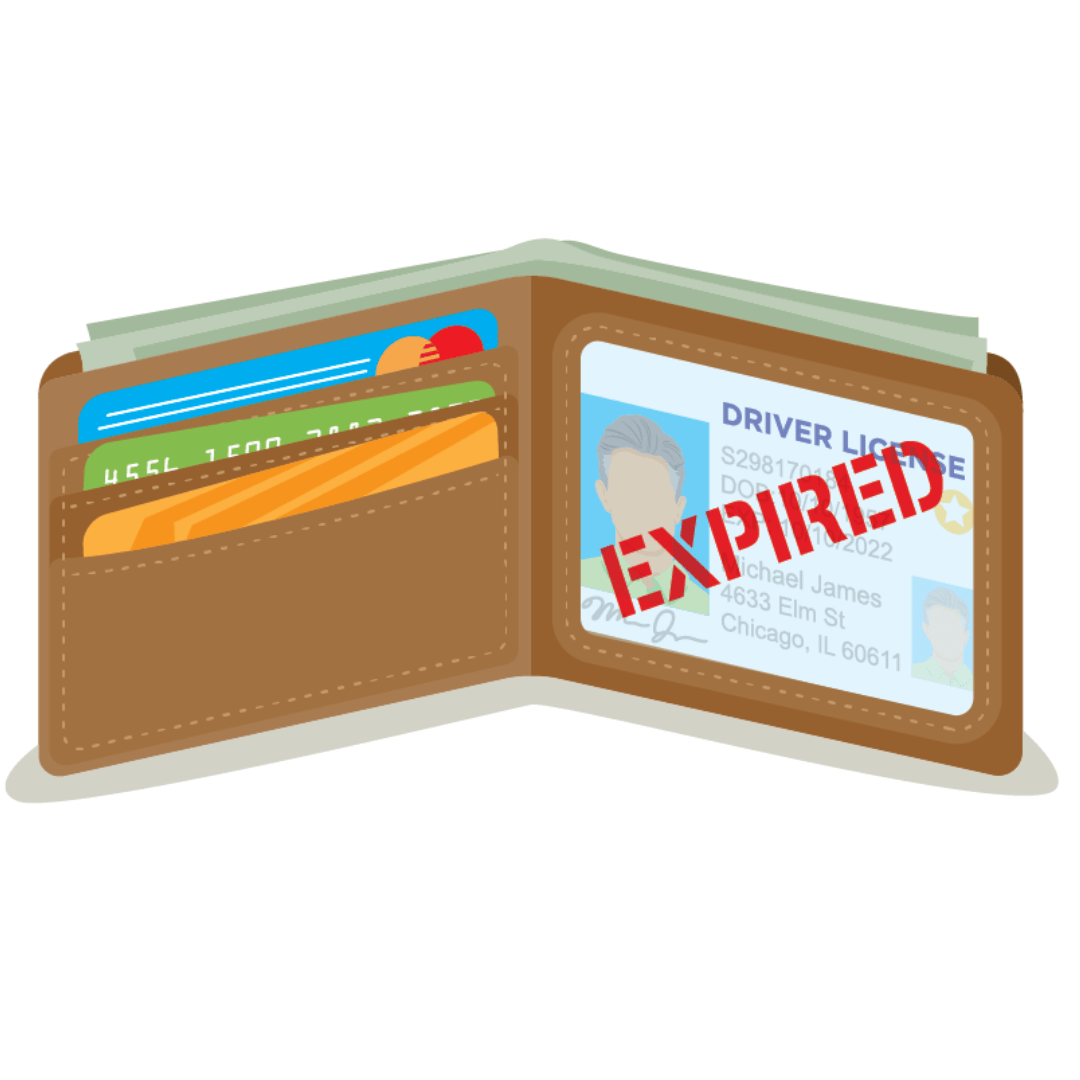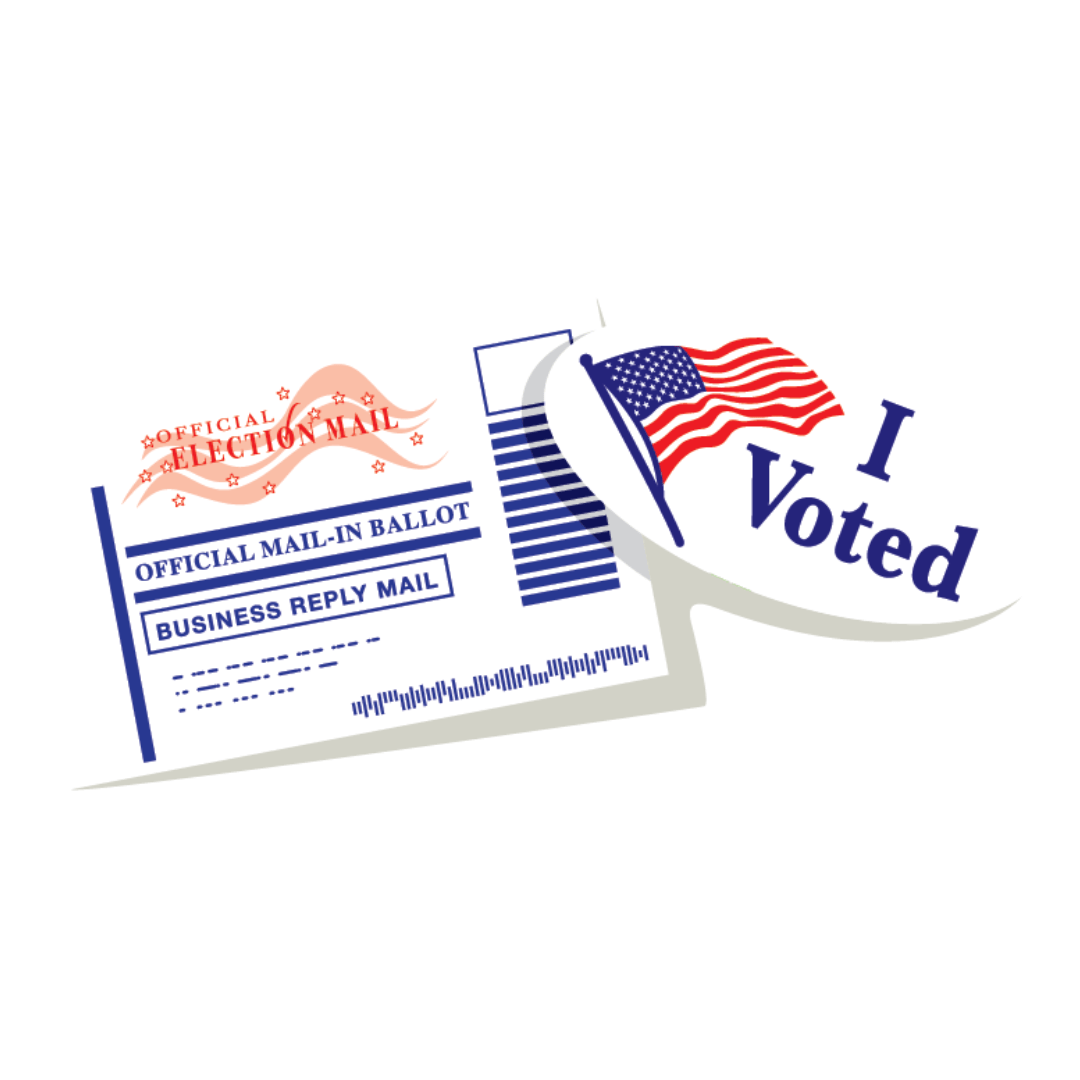
The 2022 Midterm Elections will determine which party controls Congress, as well as state houses and governor offices across the country. Election Day is Tuesday, Nov. 8, but early voting has already started in many states.
Following the 2020 Election—and former President Donald Trump’s baseless claims of voter fraud—at least 33 states have passed legislation that could make voting in the 2022 midterms more difficult, according to the Brennan Center for Justice, which studies election laws. To help you navigate this new landscape, TIME’s staff answered some common questions about voting—from how to handle a mistake on a mail-in ballot to what to do if you’re still in line when the polls close.
Here’s everything you need to know to cast your vote on Nov. 8. (You can click below to jump to the question you want answered.)
What to know before voting:
What’s the deadline to register to vote in my state?
Is it better to vote early, by mail, or on Election Day?
How do I know if my voter registration is still active?
How do I vote if my address changed?
Can I still vote if I don’t have a valid ID?
How do I know if my mail-in ballot arrived?
What if there’s an issue with my mail-in ballot? Will it still count?
What’s the best time to vote to avoid long lines?
What should I do if someone tries to stop me from voting?
What should I do if I’m still in line after the polls close?
What if I planned to vote in person but I get sick on Election Day?

What’s the deadline to register to vote in my state?
Click to expand to see the deadline to register to vote in person, by mail, and online in your state.
Is it better to vote early, by mail, or on Election Day?
The best option for voting is the one that works best for you. Every vote is counted equally, whether it is cast early or on Election Day, or in person or via a mail-in ballot. “People should vote the way that they’re most comfortable, but make sure that they know their state’s rules,” says Sean Morales-Doyle, the director of the Brennan Center for Justice’s Voting Rights program. Each state has its own set of options, policies, and deadlines for voting in-person or by mail, so it’s important to check with your state’s election board to see what it offers and requires. Once you’ve decided how you’re going to vote, make sure to set up a plan to cast your ballot. “It’s really important that we are ready and put a plan together so that we can cast our votes at a time that works for our schedules and our responsibilities,” says Cecilia Aguilera, counsel for the Fair Elections Center. –Mariah Espada
How do I know if my voter registration is still active?
Every state has a unique voter registration process. Voters can check if they are registered to vote by visiting the National Association of Secretaries of State’s website. Select your state in the dropdown menu, and then you’ll be redirected to your own state’s election website. Most states allow voters to look up if their registration is valid by offering some basic information like name, date of birth, and a driver’s license or ID number.
If you are not currently registered to vote, most states give you the option of registering online, in-person, or by requesting a form that can be mailed to your election board office. Twenty-one states and D.C. also allow voters to register on Election Day and vote the same day. Voters typically need to provide proof of residency (like a utility bill or pay stub) and ID when registering.
In some states, the deadline for registering to vote for this election may have already passed. (See above for registration deadlines.) —Solcyre Burga
How do I vote if my address changed?
The easiest way to ensure you remain eligible to vote after a move is to re-register to vote with your new address. In some cases, the process might already be wrapped into some common tasks that come with moving, says Nick Morrow, the communications director at Vote.org.
If you’re moving out of state, check the registration deadlines and residency requirements for where you’re moving—some states have registration cutoffs or duration-of-residency requirements. Morrow recommends giving yourself ample time before Election Day to ensure you don’t miss the deadline.
If you do miss the deadline in your state, contact your local election office to see if it would be possible to file a provisional ballot at your previous registered address. A provisional ballot is used to record a vote when there are questions about a voter’s eligibility, and may be later counted if it’s determined that the voter was eligible.
For those who moved within a state, visit the website of your county election administrator to update your registration and make sure that they have your updated address to ensure your polling place is up to date.
If you don’t have a fixed address, see if your state allows residents to use the address of a friend, relative, or an area shelter. Some states allow individuals to list a street corner or park as a residence. —Simmone Shah
Read More: Where Abortion Is on the Ballot in 2022

Can I still vote if I don’t have a valid ID?
The rules around identification and voting vary by state. If you’re a first-time voter, federal law requires that you show ID if you did not register in person, but otherwise whether or not you need an ID to vote depends on where you live. Thirty-five states require voters to show some form of identification. Some of them, like Wisconsin and Missouri, have strict photo-ID requirements at the polls, while other states allow voters to sign an affidavit or have their signature verified against their record if they don’t have a valid ID. “If you are turned away when you first go to vote, you can make a plan with a poll worker to come back and skip the line when you have valid identification,” Morrow says. “In a lot of cases, they’re going to say yes.”
Fifteen states and Washington, D.C. have laws—known as “non-documentary” ID laws—that allow voters to verify their identity in another way, such as stating their name and address or signing on a poll book on Election Day.
Check your local or state election office to find the rules for casting your ballot. —S.S.
How do I know if my mail-in ballot arrived?
Most states offer online ballot tracking for all voters, according to Vote.org. There are a few exceptions. In Illinois, New York, Texas, and Wyoming, online ballot tracking is only offered in some districts or for overseas and military voters. If you live in Mississippi and Missouri, you can’t track your ballot online at all.
Each state’s tracker is a little different, but they generally allow you to log in with your voter registration information to see if your ballot has been received yet. If your jurisdiction doesn’t offer ballot tracking, you can contact your local elections administrator to ask for your ballot’s status. Depending on where you live, they might be able to help before Election Day, but every state allows voters to check after an election to confirm that your vote was counted. —Anisha Kohli

What if there’s an issue with my mail-in ballot? Will it still count?
If your ballot is rejected, election officials will notify you by email, phone, or mail and provide you with instructions on how to fix—or “cure”—your ballot. “The election official who is reviewing ballots will tell you what information you need to provide to make that cure, such as signing a new ballot envelope or providing a copy of your ID,” says Morrow, the communications director at Vote.org. Be sure to complete the process by the deadline set by your state.
The criteria for rejection can vary by state, but to prevent your ballot from being rejected, do your best to ensure it’s returned in good condition and early. A missing or unverifiable signature can cause your ballot to be rejected. —S.S.
Read More: 5 House Races to Watch in the 2022 Midterms
What’s the best time to vote to avoid long lines?
Long lines can be a strong deterrent to voting, especially in Black and Latino communities, which are often forced to spend more time than white voters waiting in line, according to a June 2020 report by the Brennan Center for Justice.
Since operating hours for polling places can vary by county, and even within a county, wait times can often be unpredictable. But early mornings, lunch hours, and late evenings tend to be the busiest hours as people try to vote around their work schedules. And lines tend to be longer on Election Day than during early voting. —S.B
What should I do if someone tries to stop me from voting?
Voter intimidation is illegal and relatively rare. If someone tries to stop you from voting, you should alert nearby poll workers and your local election officials, who can determine if law enforcement should be involved, says Morales-Doyle. You should also contact the nonpartisan Election Protection hotline for assistance at 866-OUR-VOTE. (The same service is also available for non-English voters. Spanish speakers can call 888-VE-Y-VOTE. Speakers of Asian languages can call 888-API-VOTE. Arabic speakers can call 844-YALLA-US.).
If you feel like you’re in danger, call 911. —M.E.
Read More: Election Workers in Battleground States Face Surge of Cyberattacks
What should I do if I’m still in line after the polls close?
On Election Day, if you are already in line at a polling place when the polls close, you should stay in line. Poll workers are legally required to let you still vote. “Don’t allow anyone to tell you otherwise,” says Cecilia Aguilera, a counsel for the Fair Elections Center. If anyone is asking you to leave, stay in the line and call or text the Election Protection Hotline at 866-OUR-VOTE (866-687-8683) to alert their trained volunteers, who will be able to assist the situation, says Aguilera. (The same service is also available for non-English voters. Spanish speakers can call 888-VE-Y-VOTE. Speakers of Asian languages can call 888-API-VOTE. Arabic speakers can call 844-YALLA-US.) —M.E.

What if I planned to vote in person but I get sick on Election Day?
As COVID-19 continues to spread, it may make sense for you to plan to vote early or absentee to ensure your vote is cast no matter how you are feeling on Nov. 8. Deadlines for early voting vary by state and some states require voters to provide a reason for being issued an absentee ballot, like having a disability or being out of town. “It’s always a good idea to vote as soon as you can, just to avoid a circumstance where you’re planning to vote on the very last day in the very last opportunity and you can no longer take advantage of that,” says Jeanette Senecal, the senior director for mission impact for the League of Women Voters.
If you wake up sick on Election Day and haven’t yet cast your ballot, you may have a few other options. Some states offer emergency absentee ballots for voters who are in the hospital. Some counties, including in California and Georgia, will send election officials to deliver absentee ballots to voters who can’t leave their homes due to medical emergencies. Check your state’s guidelines on emergency voting and be sure to contact your local election office, which will have the most up-to-date information and resources. —A.K
More Must-Reads from TIME
- Cybersecurity Experts Are Sounding the Alarm on DOGE
- Meet the 2025 Women of the Year
- The Harsh Truth About Disability Inclusion
- Why Do More Young Adults Have Cancer?
- Colman Domingo Leads With Radical Love
- How to Get Better at Doing Things Alone
- Michelle Zauner Stares Down the Darkness
Write to Mariah Espada at mariah.espada@time.com and Simmone Shah at simmone.shah@time.com